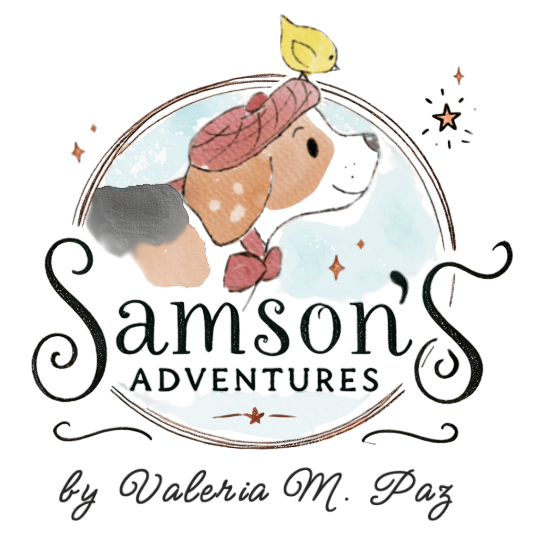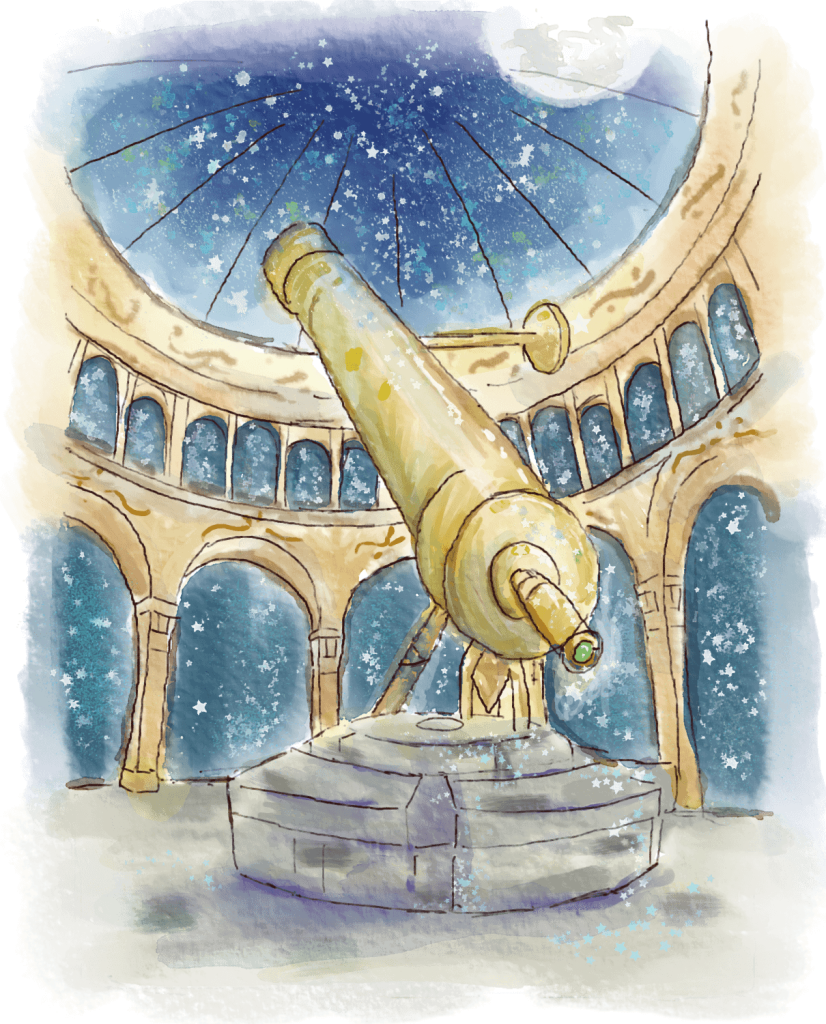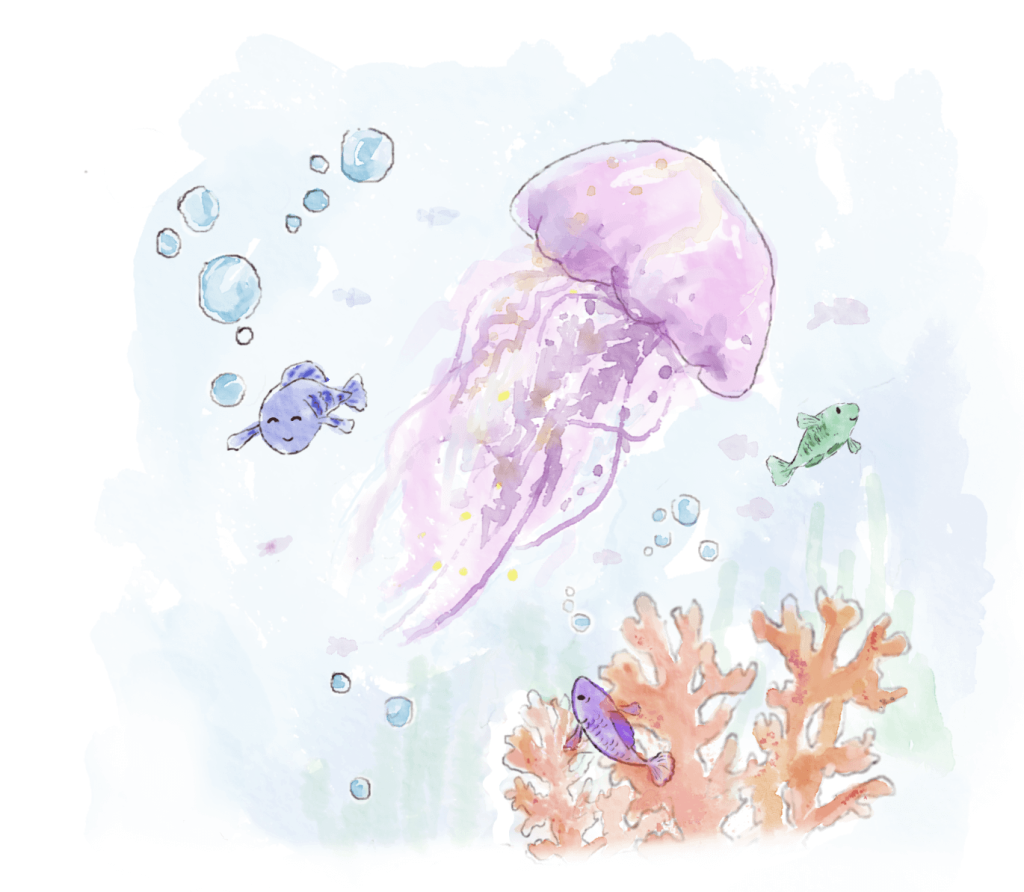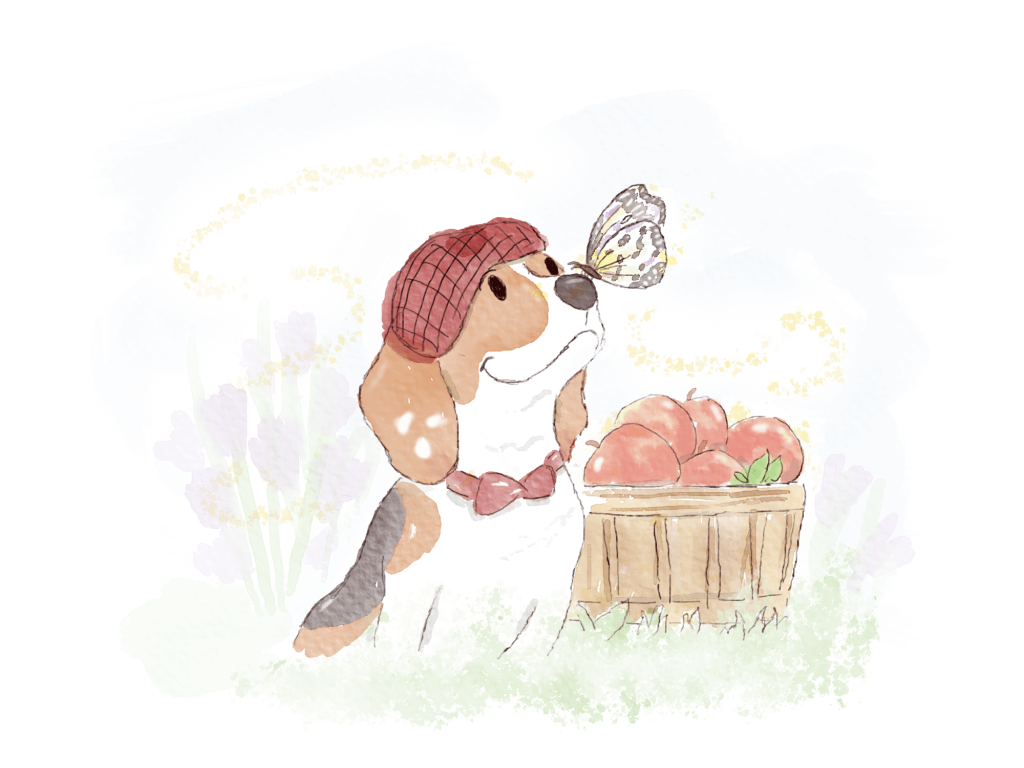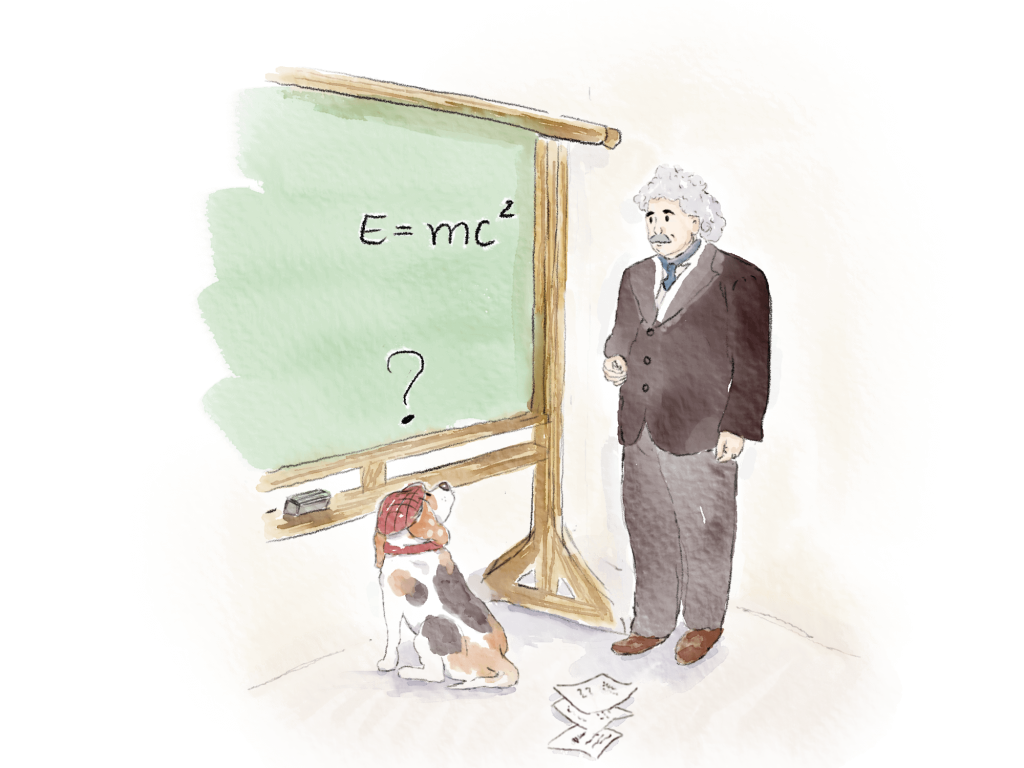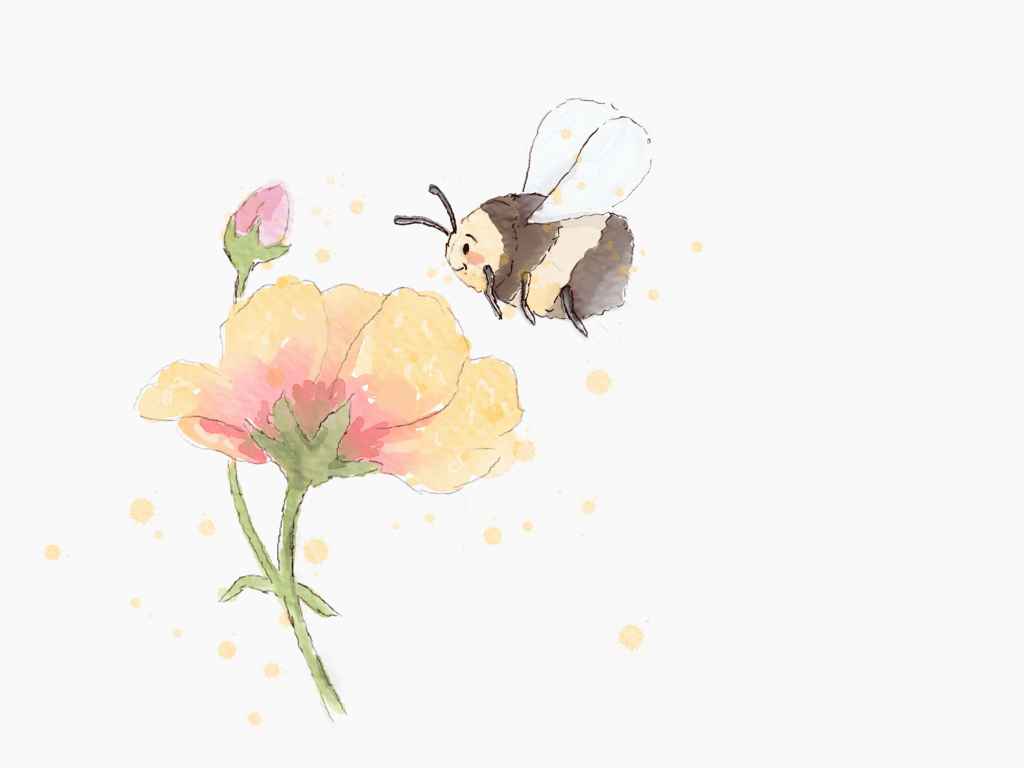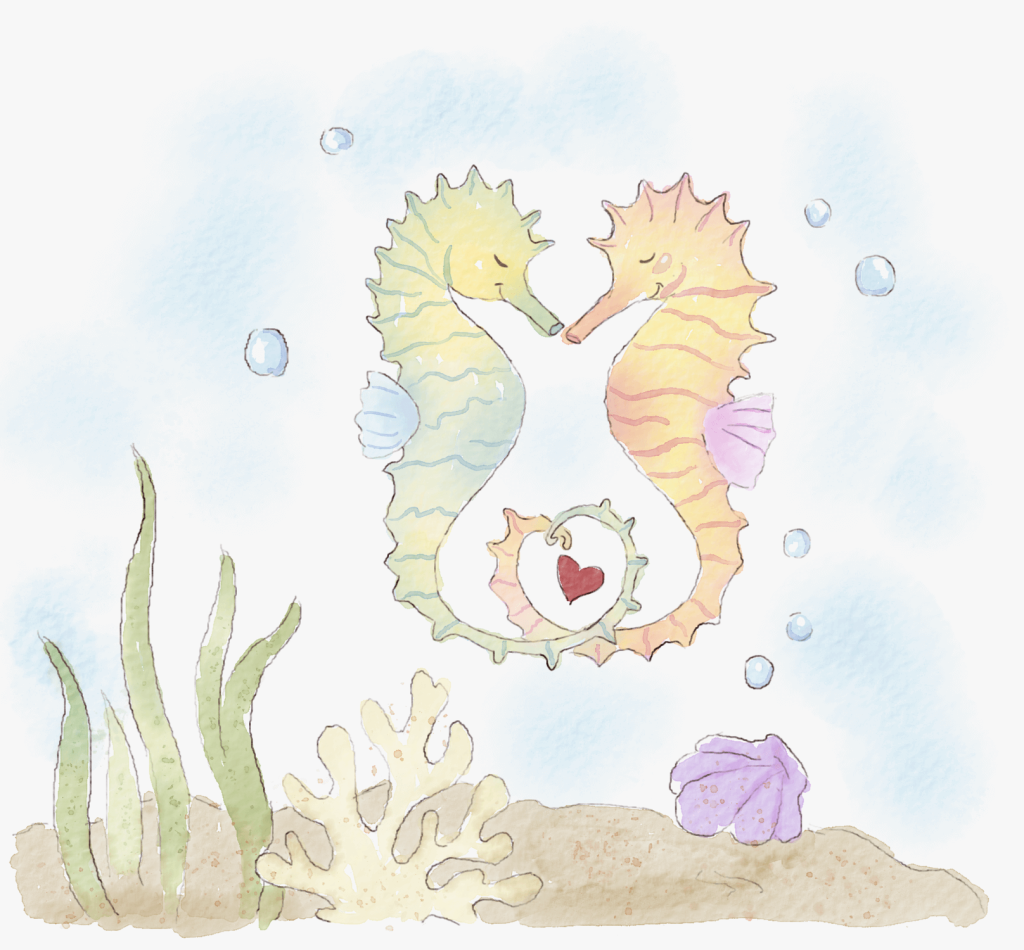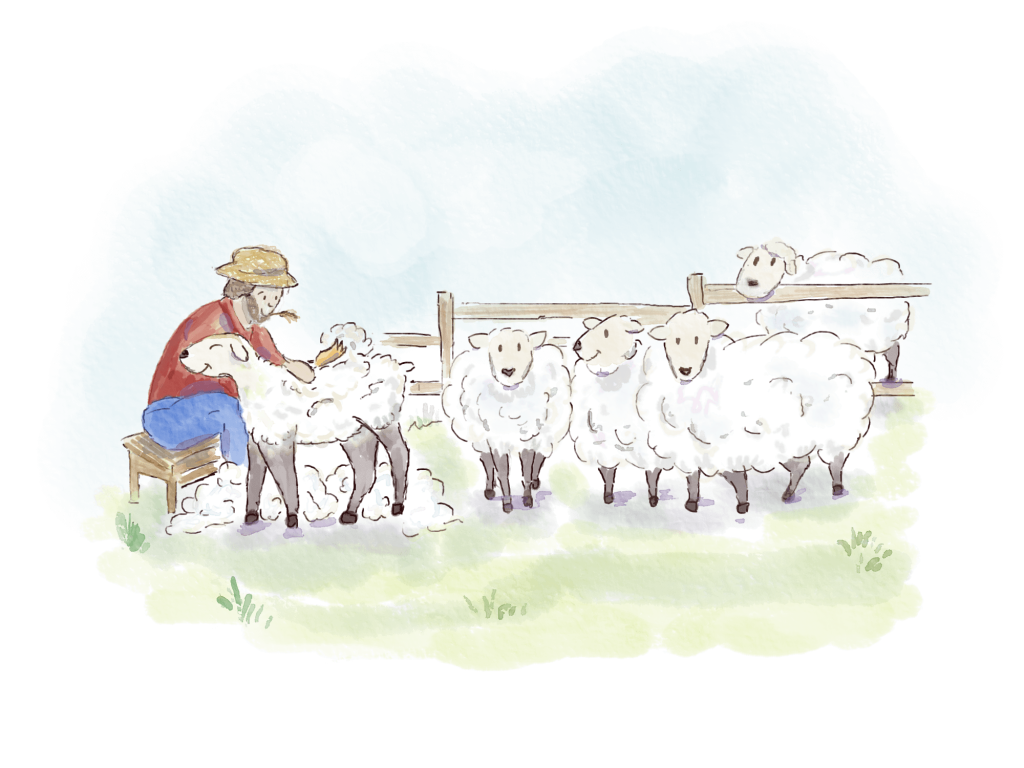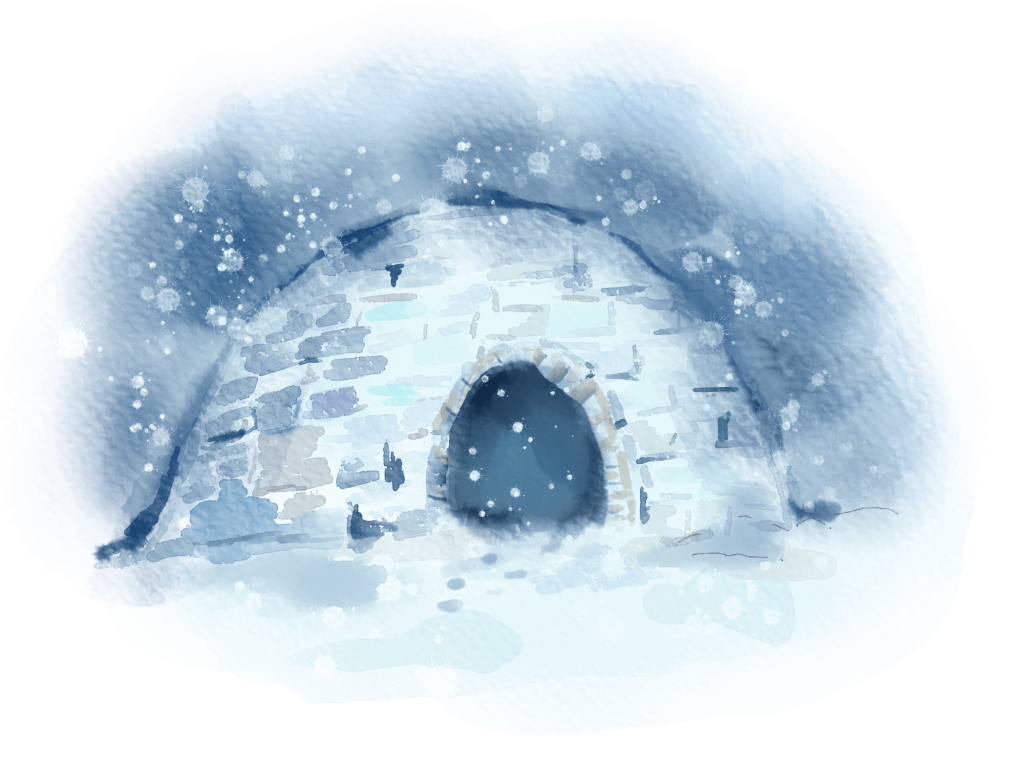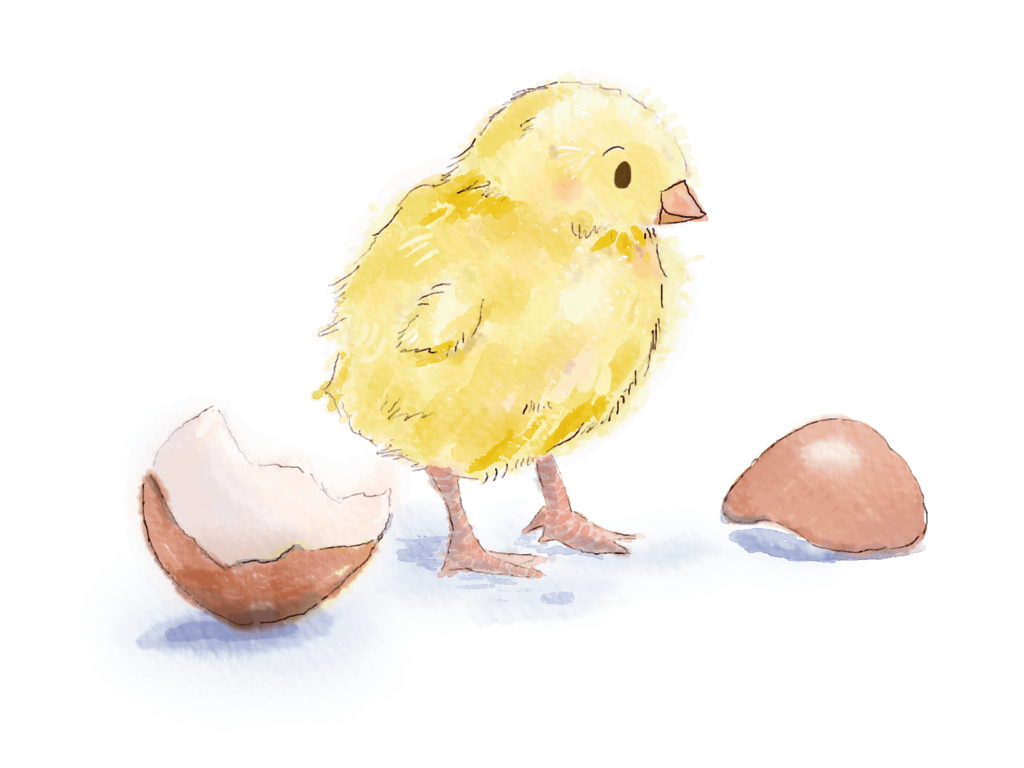Louis Pasteur:
the man who made milk safe to drink
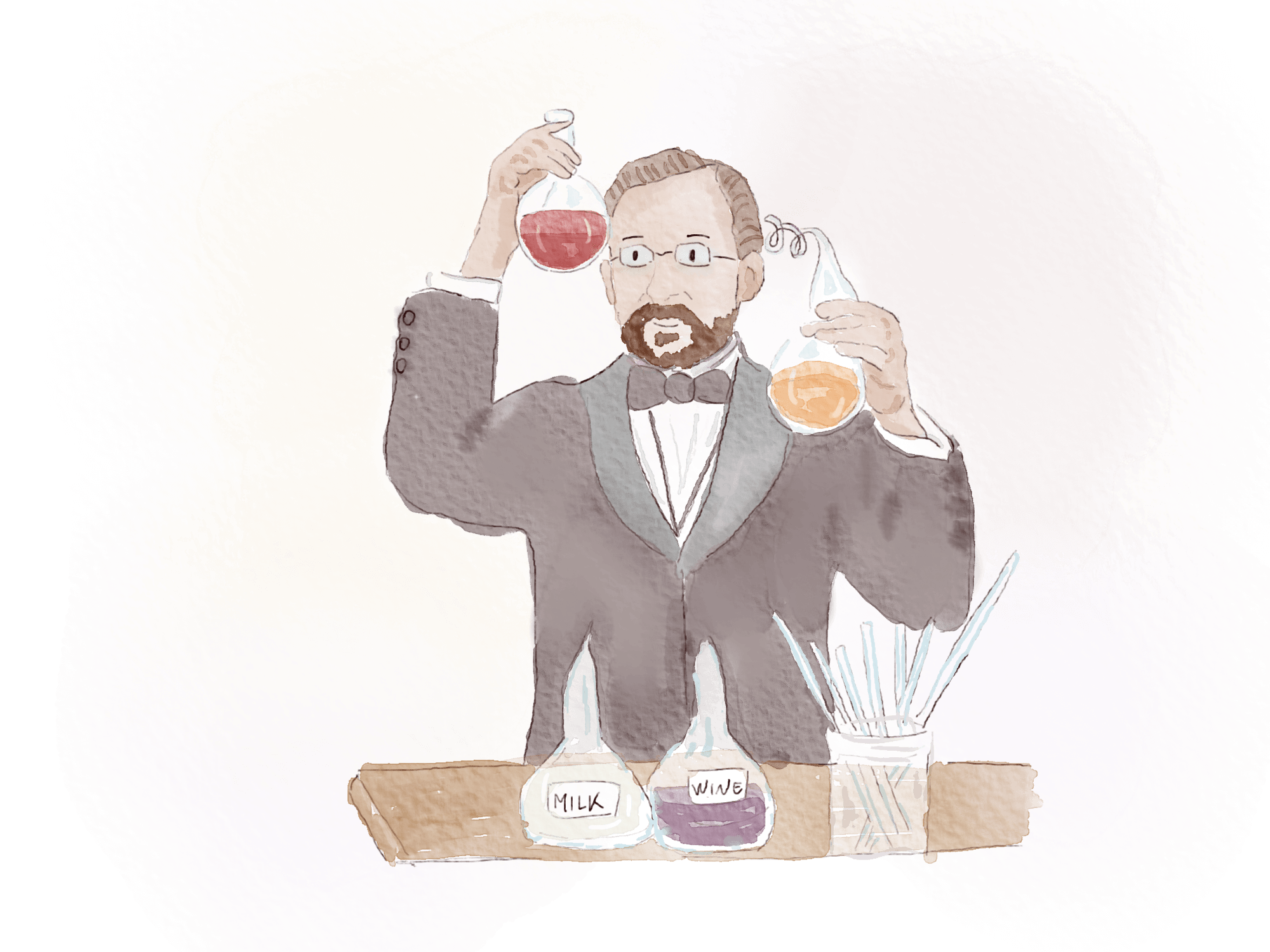
Louis Pasteur lived from 1822 to 1895.
He was born in France.
Only 200 years ago, people didn’t know what made foods go bad or made them sick.
That was until a French scientist, Louis Pasteur, proved that bacteria, and not demons, were the reason.
At the time, people knew boiling food made it safer, but that changed the taste and texture.
Mr. Pasteur discovered that if you heat milk to kill bacteria, then cool it down quickly, the milk will still feel like milk and keep its nutrients.
He called this process “Pasteurization,” in honor of himself, of course!
Since then, it became a rule to pasteurize many foods, to make them safe to eat.
When you go to the grocery store, you’ll see most liquids are pasteurized – like juice, milk, and honey.
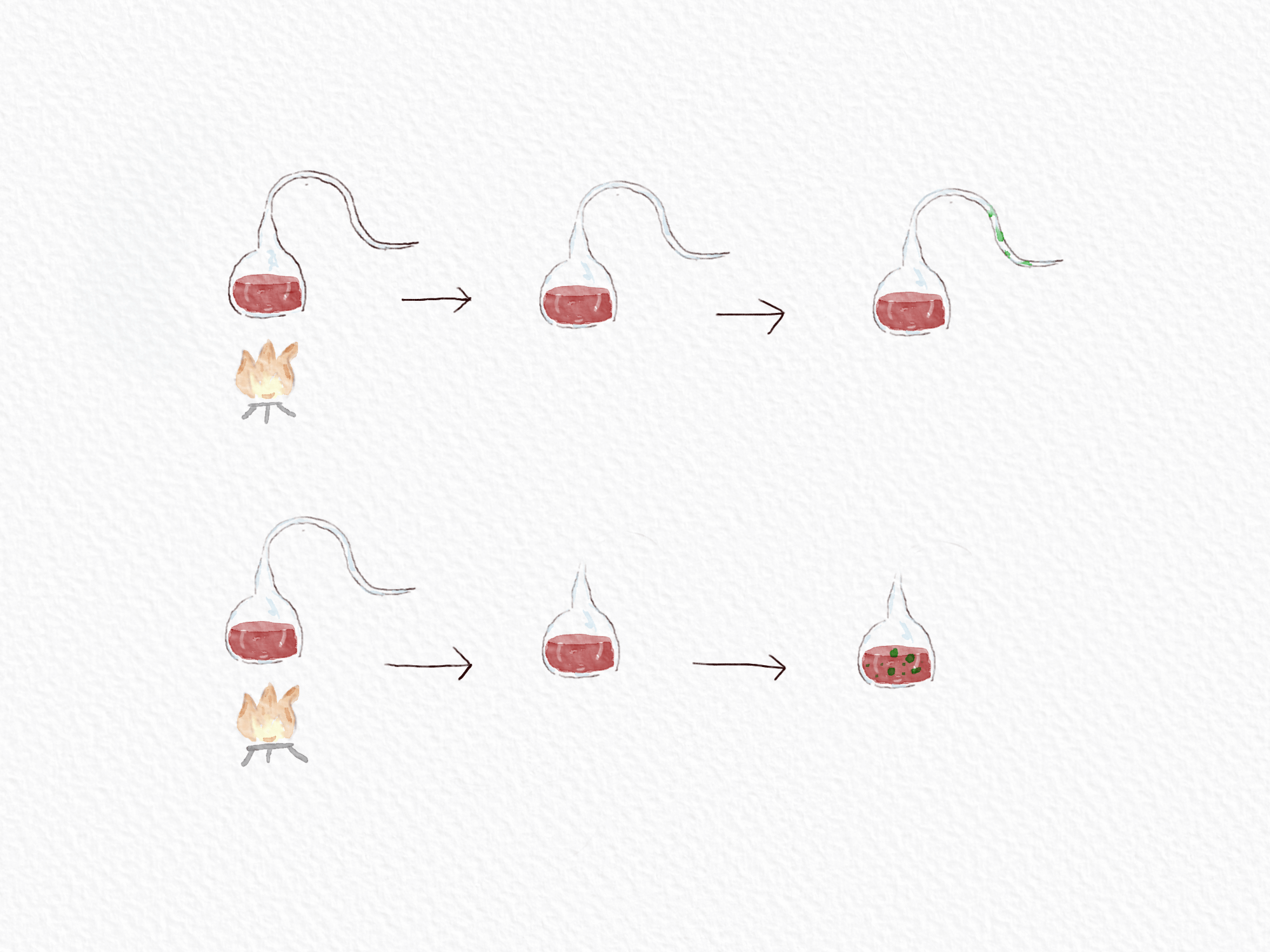
How did Louis Pasteur discover that bacteria spoiled food?
After many experiments, Mr. Pasteur noticed something no one had before.
When he was studying what made wine go bad, he poured some of it into glass bottles with long necks. Some he left straight, and others he curved into an S-shape – like a swan’s neck.
He heated all the wine bottles to kill any germs. Then came the exciting part!
He observed that:
1) In the bottles with straight necks, the wine quickly went bad.
2) In the bottles with curved necks, the wine stayed fresh for a long time.
This showed Mr. Pasteur that some particles in the air were spoiling the wine, not air itself.
Air could get inside all the bottles, but the germs got trapped in the curves of the swan neck and didn’t reach the wine.
Mr. Pasteur called this the Swan-Necked Flask Experiment.
Thanks to his findings, other scientists started to understand more about germs and how to keep everyone healthy.
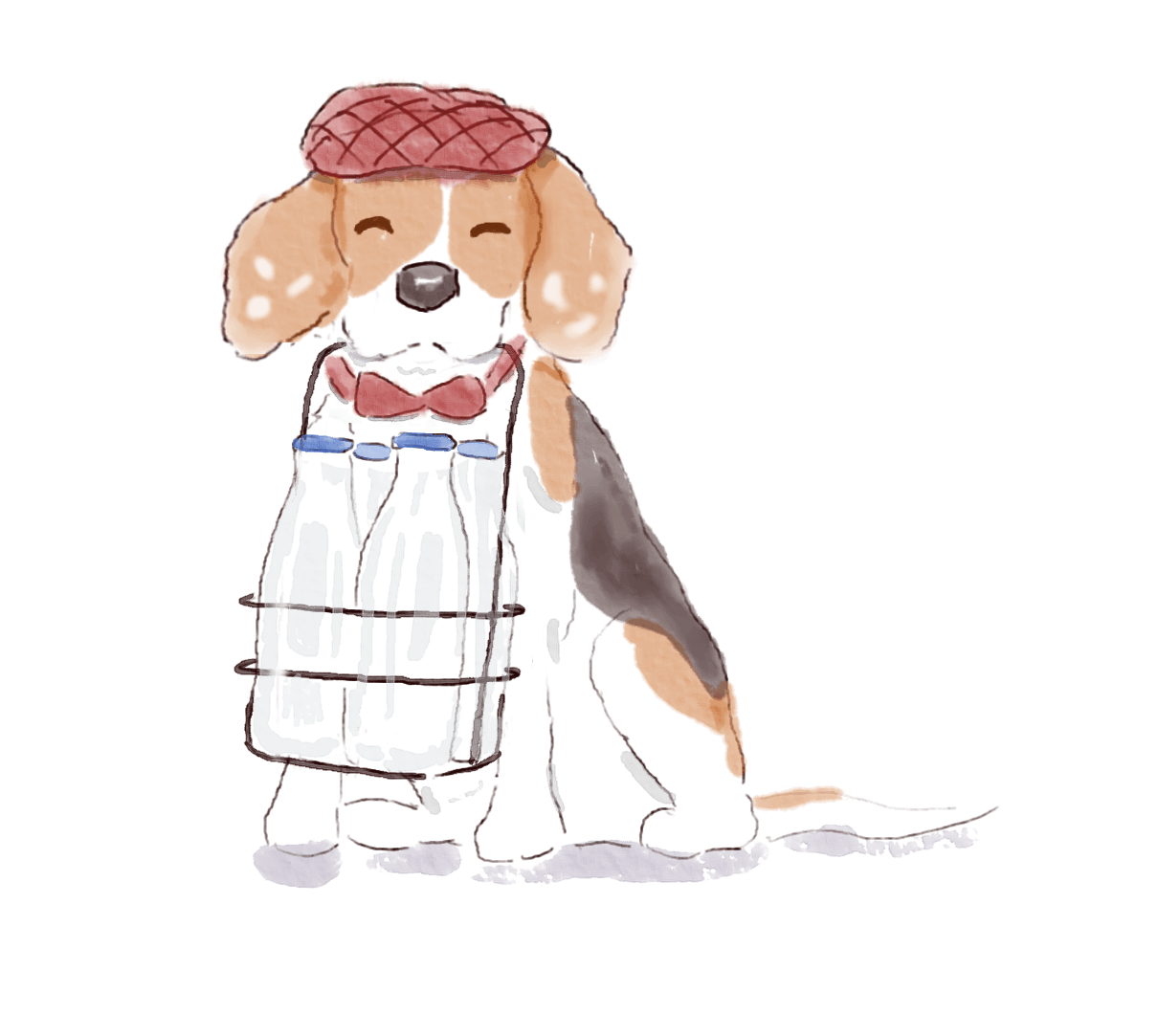
How are foods pasteurized?
The process has changed over the years with new technology, but the basics are still the same. Let’s use Mr. Pasteur’s milk as an example:
1) The milk gets heated to a temperature that is hot enough to kill bacteria, but not so hot that it boils the milk.
2) The hot milk gets quickly cooled down to make sure it doesn’t cook.
3) The chilled milk goes into a carton or bottle with a tight seal. This blocks any new germs from getting inside.
4) From there, the milk gets delivered to your grocery store.
Today, thanks to Mr. Pasteur, we can go to the fridge and grab a bottle of milk, pretty sure it’s safe and full of nutrients.
